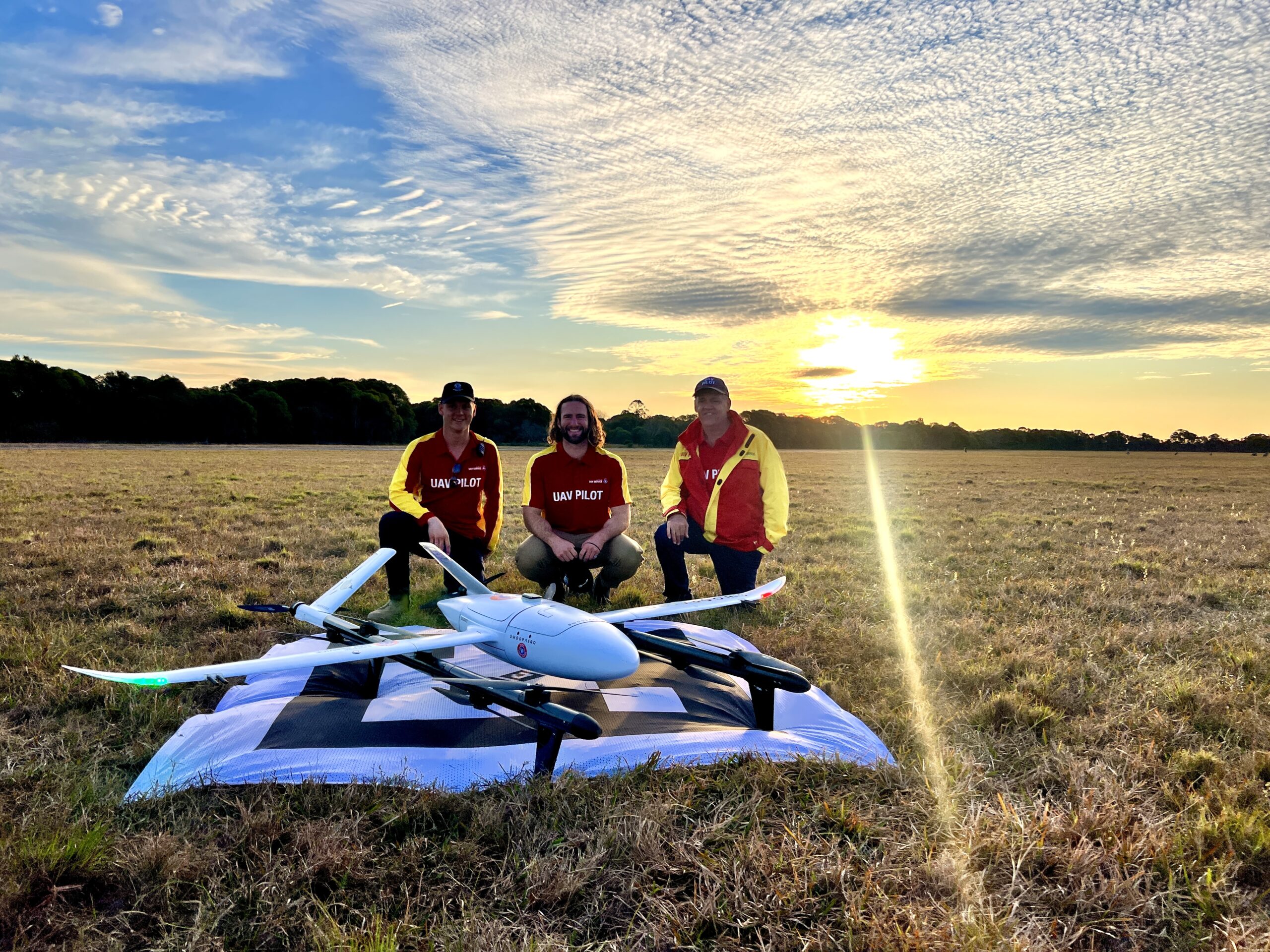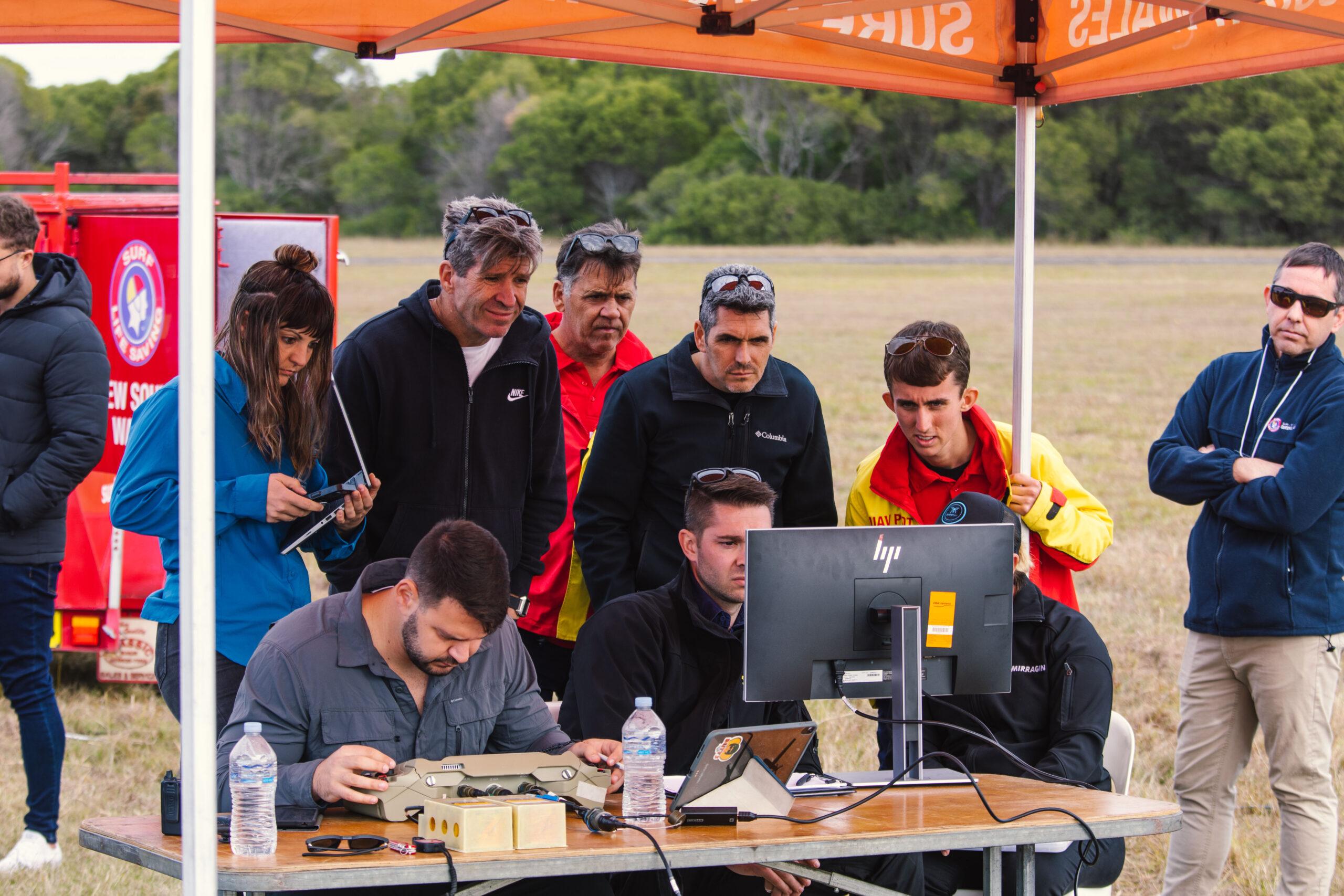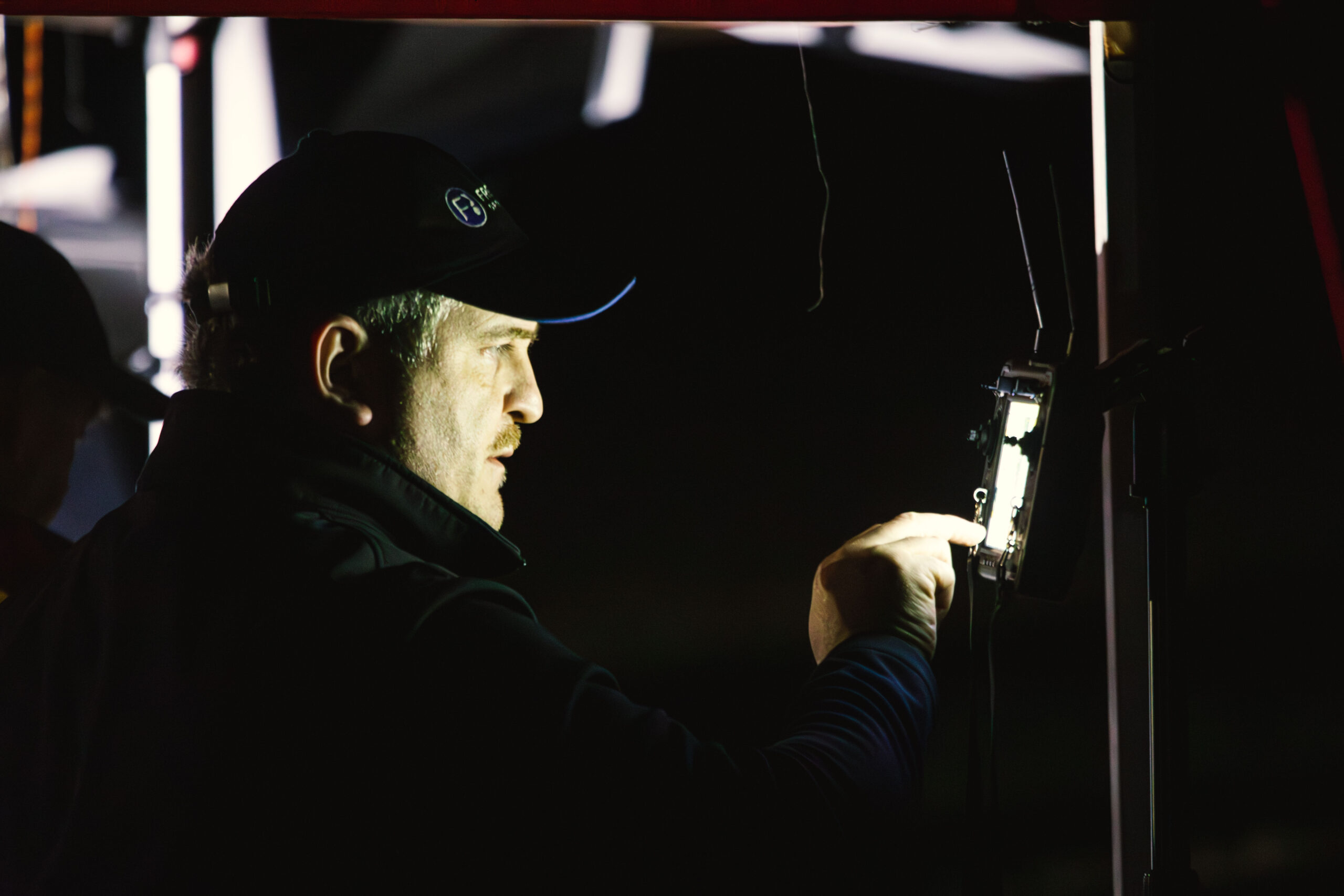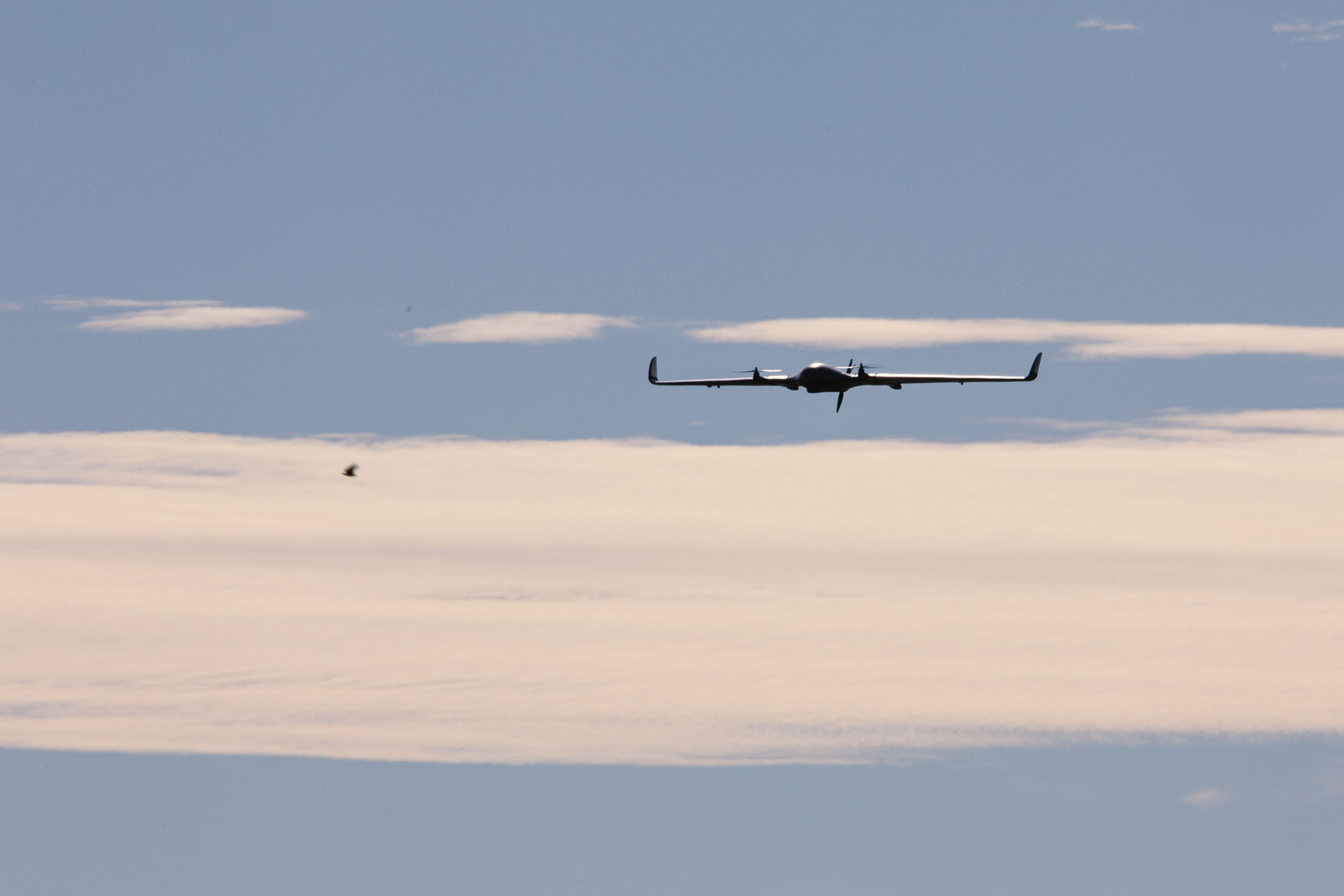Surf Life Saving NSW is excited for the future after the trial of specialised long-range drones on the state’s Far North Coast provided a glimpse into the enhanced coastal safety and emergency response capability the technology can provide.
The week-long, Long-Range UAV Project culminated on 23 June at Evans Head, south of Ballina, and provided a platform for four operators and their systems to be tested in a range of real-life scenarios.
Each type of drone was assessed on its performance in key operations including several search and rescue scenarios during the day and at night, shark and wildlife surveillance, and natural disaster identification.
Australian Uncrewed Aerial Vehicle Service (AUAVS) Chief Remote Pilot, Paul Hardy said the findings from the five-day project would help inform decisions that had the potential to have a lasting impact on how drones are used in NSW.
“We’re really pleased with how the week went – opportunities to get so many like-minded people together and test some truly outstanding drones under controlled conditions don’t come around very often,” he said.
“This project allowed us to safely trial different types of drones that are capable of flying further and for longer, by operating beyond visual line of sight (BVLOS).
“The potential of this is massive as it can remove drone operators from dangerous situations and allow us to reduce response time to incidents and provide greater situational awareness in so many other scenarios.
“It really could be a game changer and we’re excited for what’s next.”
With support from the NSW Government through the Department of Primary Industries, SLSNSW already provides the largest coastal UAV surveillance program in the Southern Hemisphere.
Through the AUAVS, Surf Life Saving NSW drones deliver a range of public safety services, from shark management to search and rescue and assistance in natural disasters such as bushfire or floods.
Further support from the NSW Government has allowed Surf Life Saving to explore how this capability could be extended to cover more coastline for current applications, as well as see how drones could be used in a range of other situations to enhance public safety and emergency response situations away from the coast.
“I’m excited to learn how drone technology could help to expand our current capabilities, and keep our community safe. Drones could increase our ability to cover more coast and monitor marine wildlife,” said Minister for Agriculture, Tara Moriarty.
“I look forward to learning about the outcomes of this trial and what it might mean for other applications, including our management of emergency and disaster response in NSW.”
SLSNSW CEO, Steve Pearce said the organisation put significant effort into bringing the project together and that the trial of new technology is a great step forward in expanding the capacity of Surf Life Saving and other emergency services in both coastal and inland environments.
“This is a very exciting space for us and one that we’re very proud to see developing before our eyes,” he said.
“While it’s not the first thing you think of when you hear Surf Life Saving, drones have become such a vital tool in our arsenal to save lives, and the kicker is that they’re useful in so many other situations, not just at the beach.
“Last year our drones were used heavily during the NSW floods to assist the SES in developing a complete situational understanding of the unfolding disaster and aiding their roll out of assistance to communities in-need.”
Wednesday 28 June 2023



